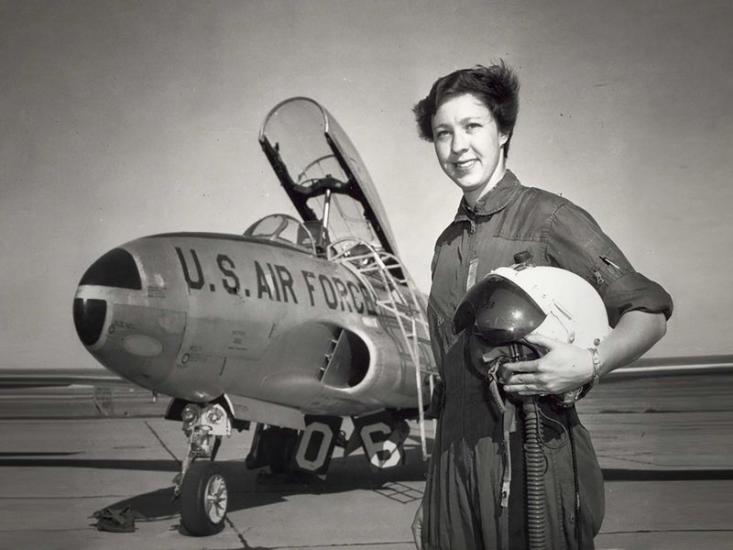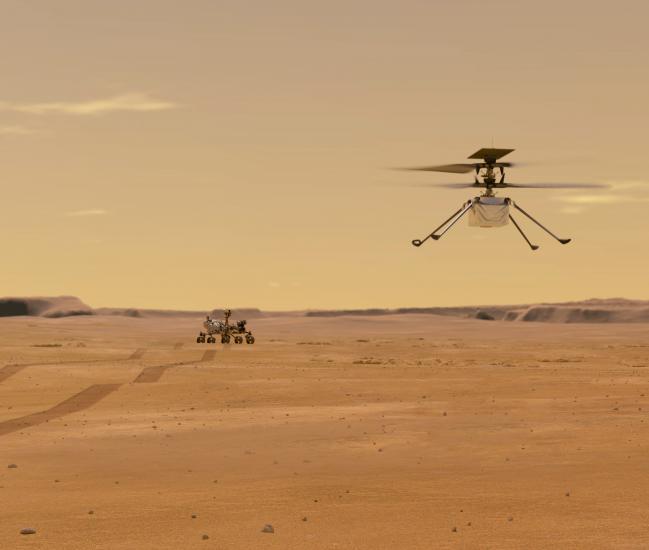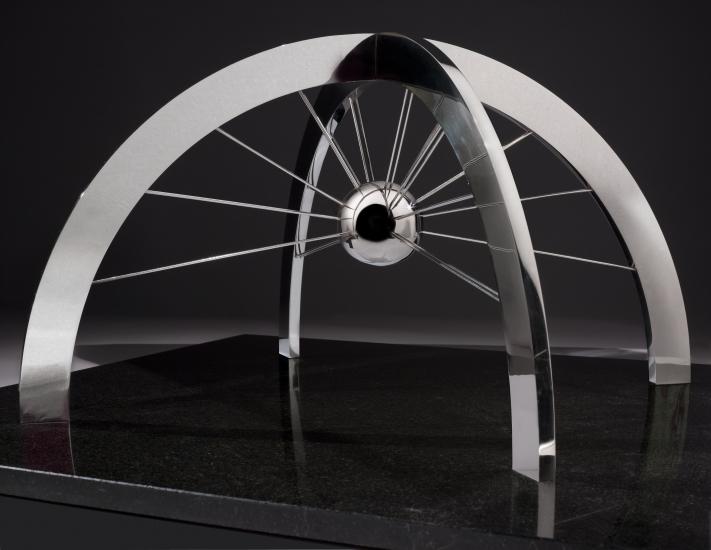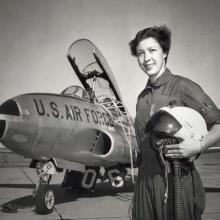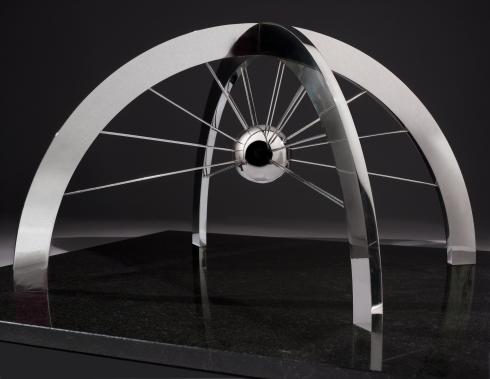
Media Inquiries
Public Inquiries
The Smithsonian’s National Air and Space Museum awards its Michael Collins Trophy annually for Lifetime and Current Achievements. The 2022 recipients are Wally Funk for Lifetime Achievement and the Mars Ingenuity Helicopter Team for Current Achievement; they will receive their awards at a ceremony March 24 at the museum’s Steven F. Udvar-Hazy Center in Chantilly, Virginia.
Established in 1985, the award recognizes outstanding achievements in the fields of aerospace science and technology and their history. Trophy winners receive a miniature version of “The Web of Space,” a sculpture by artist John Safer. The renaming of the trophy in 2020 (previously the National Air and Space Museum Trophy) recognizes Collins’ contributions to aerospace and his service to the museum as director during a critical time in its evolution.
“You could say the theme of the 2022 awards is ‘firsts,’” said Chris Browne, acting director of the museum. “Wally Funk often held the title of ‘first’ and ‘only’ throughout her career as a pilot, instructor and air safety investigator. The Ingenuity team accomplished their ‘first’ with a flight on another planet and expanded the boundaries of planetary exploration. We’re thrilled to be able to recognize both for their amazing achievements.”
2022 Michael Collins Trophy Recipients
Funk embodies the adage of “never give up on your dreams.” Since her first flying lesson in 1948 at age 9 and enrollment in flight school at 16, Funk knew that she wanted to fly, despite societal biases against women in aviation. After earning multiple certificates and ratings, she set her sights even higher in the sky—space. She was one of the top-performing participants in the Lovelace Woman in Space Program and was the first woman to serve as an air safety investigator with the National Transportation Safety Board. She dedicated decades of her life to flight instruction and safety, having logged over 19,600 hours of flight time and soloed more than 700 students, while never abandoning her dream of going to space. In 2021, that dream came true when she launched on the first crewed suborbital mission of Blue Origin’s New Shepard capsule.
In April 2021, under the direction of project manager MiMi Aung and the Mars Ingenuity Helicopter Team, a small robotic helicopter achieved the first powered flight on another planet. Delivered to the surface of Mars by the rover Perseverance, Ingenuity was a technology demonstration aboard the Mars 2020 mission and successfully proved that flight was possible on the Red Planet. It is also now serving as a helpful tool to aid rover exploration of Mars. Ingenuity completed increasingly challenging flights and scouted areas for the Perseverance rover’s upcoming treks. Total flight time for the Mars helicopter in 2021 topped 30 minutes over the course of 18 flights. Ingenuity’s “Wright brothers moment” captured the attention of the public back on planet Earth and inspired everyone to imagine what could be next in planetary exploration.
More information about the Michael Collins Trophy and a complete list of past winners is available.
The Michael Collins Trophy event is made possible through the support of Atlas Air Worldwide, BAE Systems, Booz Allen Hamilton, The Claude Moore Charitable Foundation, Jacobs, Leidos, National Air Traffic Controllers Association, Pratt & Whitney, Sierra Nevada Corp. and Thales.
The National Air and Space Museum in Washington, D.C., is located at Sixth Street and Independence Avenue S.W. The Steven F. Udvar-Hazy Center is located in Chantilly, Virginia, near Washington Dulles International Airport.
# # #
